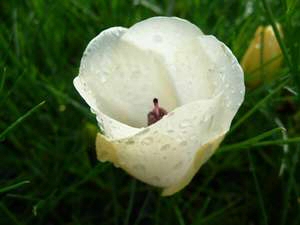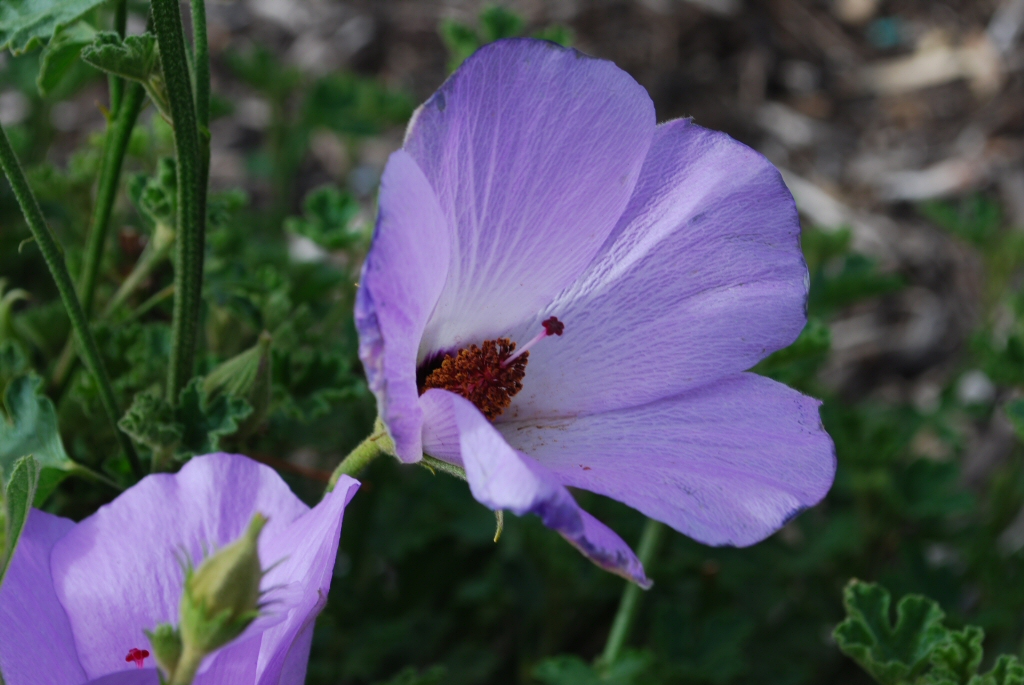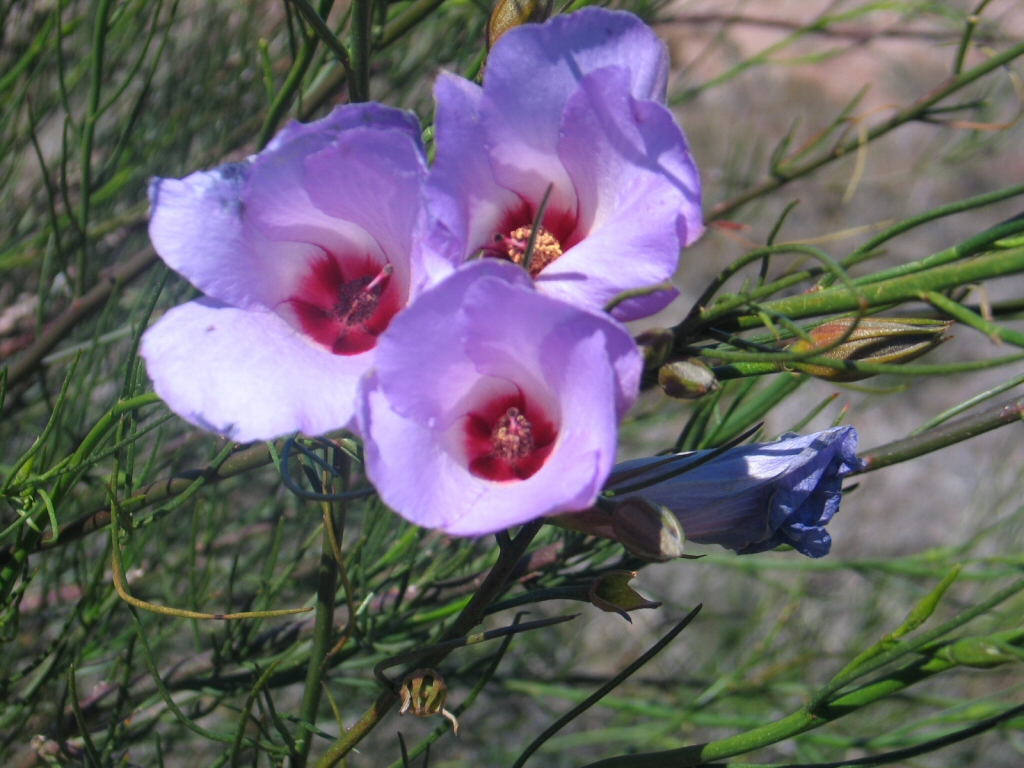Can I grow Australian Native Hibiscus in my garden?
Australia is home to about 40 species of Hibiscus, most of which are endemic. They have identical growing requirements to the exotic species and cultivars that are so popular in cultivation. An ever increasing interest in native hibiscus has led to the horticultural development of a number of new cultivars which rival the exotic types in beauty and flower size. The native rosella (H. heterophyllus) and the hollyhock tree (H. splendens) are two of the most popular species in cultivation as well as being parents for hybrid native hibiscus cultivars such as ‘Sunset Glow’ and ‘Pink Ice’.
-
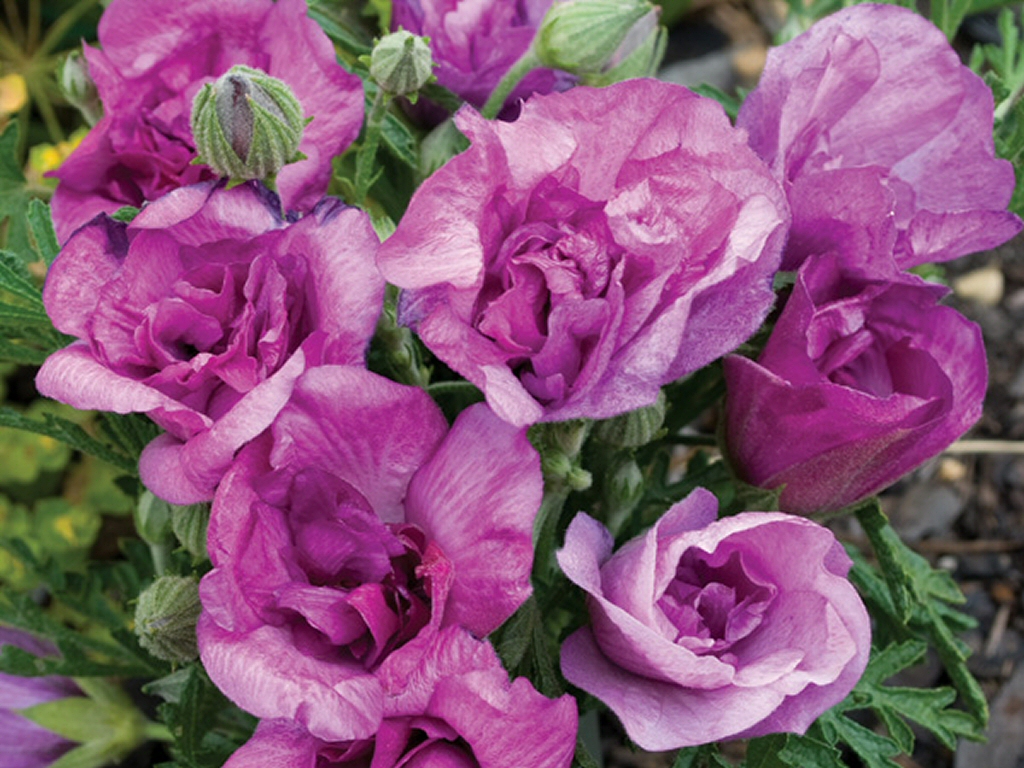
Alyogyne 'Delightfully Double'
-
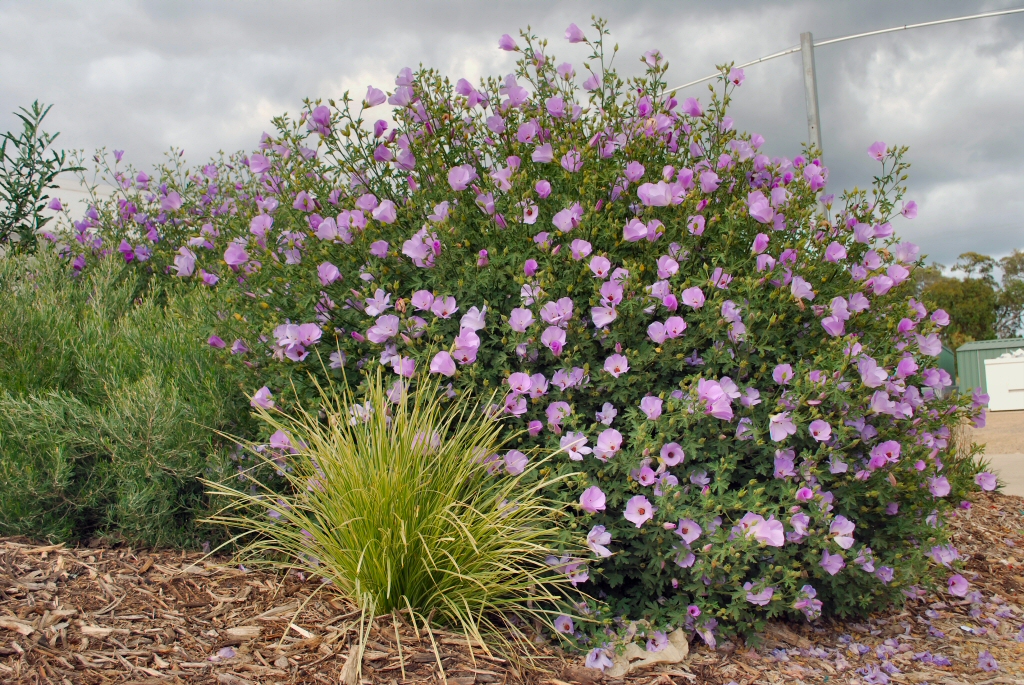
Alyogyne huegelii - native hibiscus - 'Misty'
-
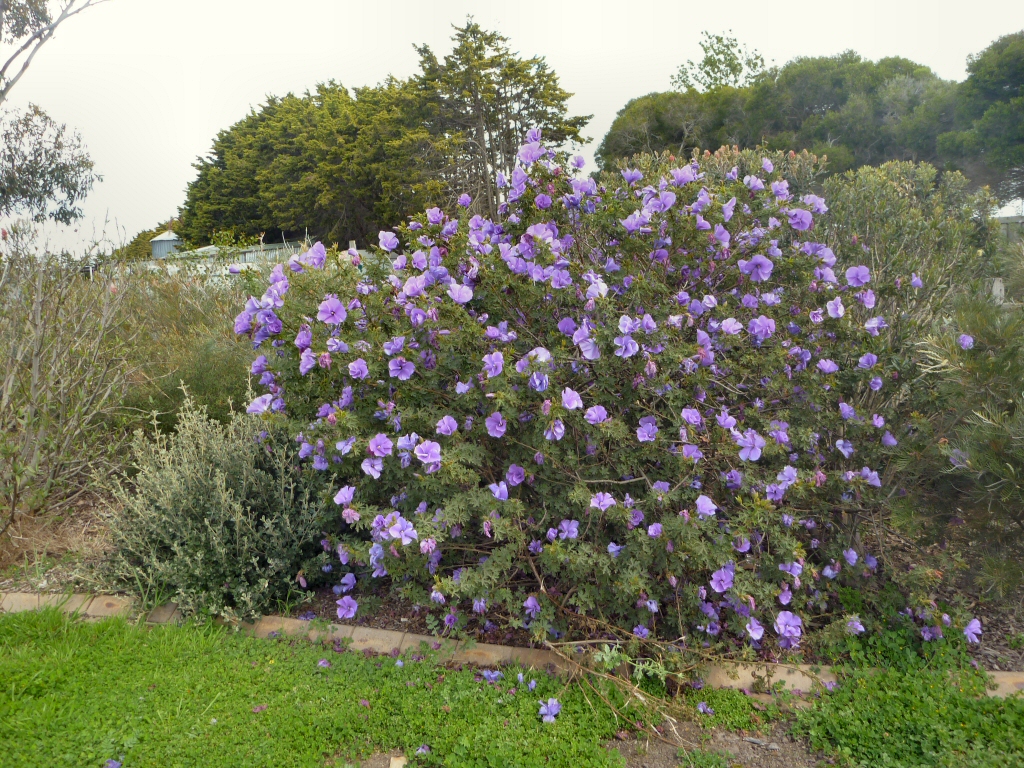
Alyogyne huegelii 'West Coast Gem'
The genus Alyogyne is closely related to the hibiscus and the species Alyogyne huegelii is well established as an outstanding garden plant. The cultivar ‘West Coast Gem’ is a purple flowered form of this species that performs well over a wide climatic range, and is a naturally dense growing and floriferous plant. There are other great varieties worth mention, like ‘Delightfully Double’, ‘Misty’ and ‘Karana’.
Alyogyne hakeifolia is another one in the genus that is producing some lovely garden plants, often with contrasting centres. Specimens of this plant were first collected in 1802, and were taken to England in the early 1800s.
Alyogynes are well worth growing, as they don’t have the irritating prickly stems of the native hibiscus. The blooms are large and eye catching, and will last for a couple days. They flower prolifically from late spring to summer in bursts, and are neat and fuss free plants for the rest of the time. Unlike Hawaiian hibiscus, they are tolerant of frosts, though they need protection from heavy frost. Additionally, they are dry tolerant plants if needed, though more care will see better growth. Their growth habits are naturally tidy, but pruning will make them into even tidier specimens.
Propagation is by seed or cuttings, and there is room for more breeding work with these colourful plants.

